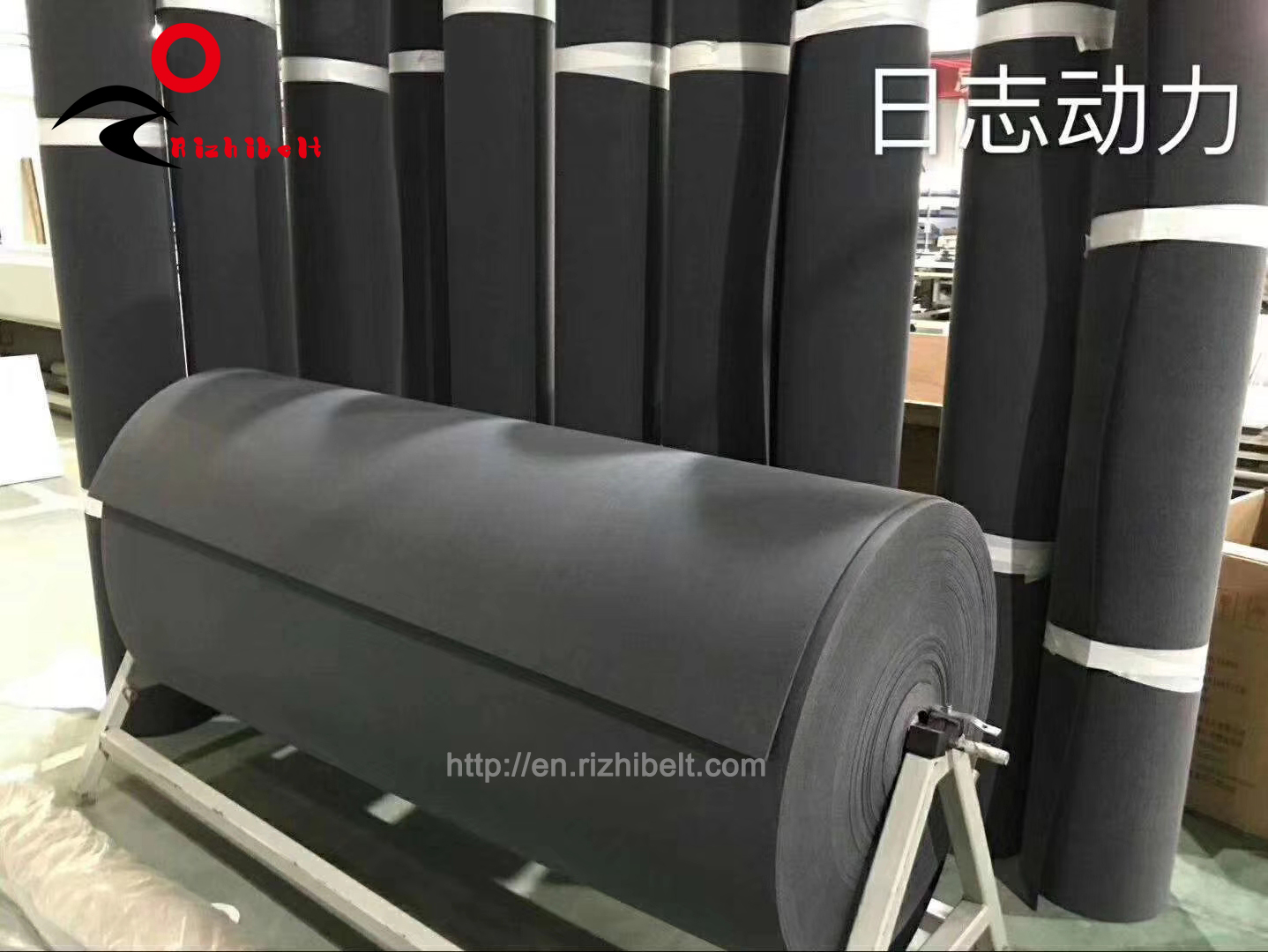Why Is Conveyor Belt Off-Track
Date:2020-01-06 16:28:38 Browse :During the operation of the belt conveyor, the centerline of the conveyor belt is offset from the centerline of the conveyor and sideways. This situation is the deviation of the conveyor belt. Off-tracking is one of the common failures of belt conveyors. Long-term off-tracking operations not only cause serious damage to the edges of the tape, but also cause unexpected safety accidents such as tape tearing and scratching. Below, the main factors of the deviation of the conveyor belt are shared by the log power.
The key elements of the deviation of conveyor belting are:
I. Deviation caused by manufacturing
1. The production and processing of the rollers on both sides of the machine are not straight, and one end is straight and the other is large.
2. The slots of the middle support frame and side support frame of the buffer roller are not on the same parallel line.
Second, deviation caused by installation
1. The axes of the head and tail rollers are not vertical to the vertical centerline of the conveyor, resulting in different support forces on both sides of the conveyor belt.
2. The roller support is not vertical to the vertical center line of the conveyor.
3. The groove angles of the skewed rollers on the two sides of the grooved roller group are different.
4. The installation of the roller support is skewed, so that the roller support of the entire equipment of the conveyor does not have the same level surface, which causes the raw materials on the conveyor belt to be wrong, which in turn causes the conveyor belt to run off.

3. Deviations caused by application and maintenance
1. When feeding the belt conveyor, the raw material error on the cross section of the conveyor belt is sideways.
2. When the conveyor is sticky and the raw materials are not easy to clean, change to the drum and the lower support buffer rollers to stick to the raw materials and cause the conveyor belt to run off.
3. The tensioning equipment is unevenly pressed, which causes the tensioning drum to tilt, causing the support forces on both sides of the conveyor to vary.
4. When ploughing star unloader is used in the middle, when the double ploughing star unloader has different angles of view on both sides or the length of the two sides of the baffle, the conveyor belt will run away; The side-plough star-type unloader makes it easier to deflect the conveyor belt.
5. When the cleaner is cleaned, the working pressure released on the conveyor belt is uneven, and small players on one side cause uneven support forces on both sides of the conveyor belt.
4. Deviation caused by the natural environment
Belt conveyors for outdoor installations, very long distance belt conveyors, subject to wind, rain, snow and other temperature changes will also cause the belt to run off.
V. Deviation caused by the conveyor belt itself
1. The two sides of the core layer of the conveyor belt are unevenly pressed, especially for the steel wire core conveyor belt, the galvanized steel ropes on both sides are unevenly compressed, which will eventually cause the belt to run off.
2. The production of the conveyor belt is not standard, causing a deviation.
3. On the one hand, the quality of the conveyor belt should ensure its compressive strength, and on the other hand, ensure that the laser cutting edge of the connector is vertical to the centerline of the conveyor belt, so that the length of the two sides of the endless belt behind the connector is the same, otherwise it will cause conveyance With deviation.
Nowadays, the application of conveyor belts is becoming more and more widespread, and many companies must have conveyors to produce systematic processes to consider new projects. The application of the conveyor belt is also a key point for many people to pay attention to. The above are the factors of the deviation of the conveyor belt that the log power summarizes for everyone. I hope that I can help many customers to some extent.



